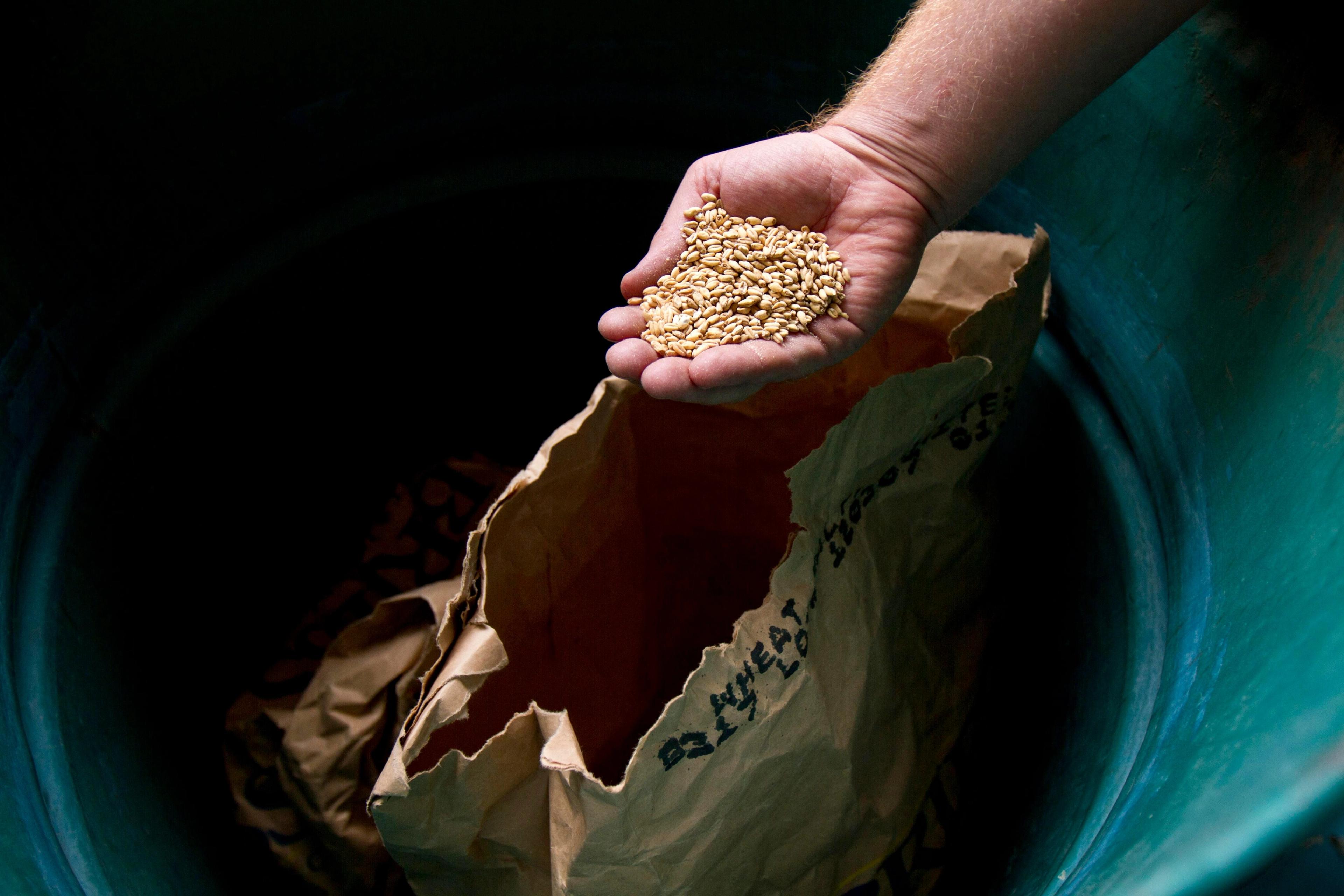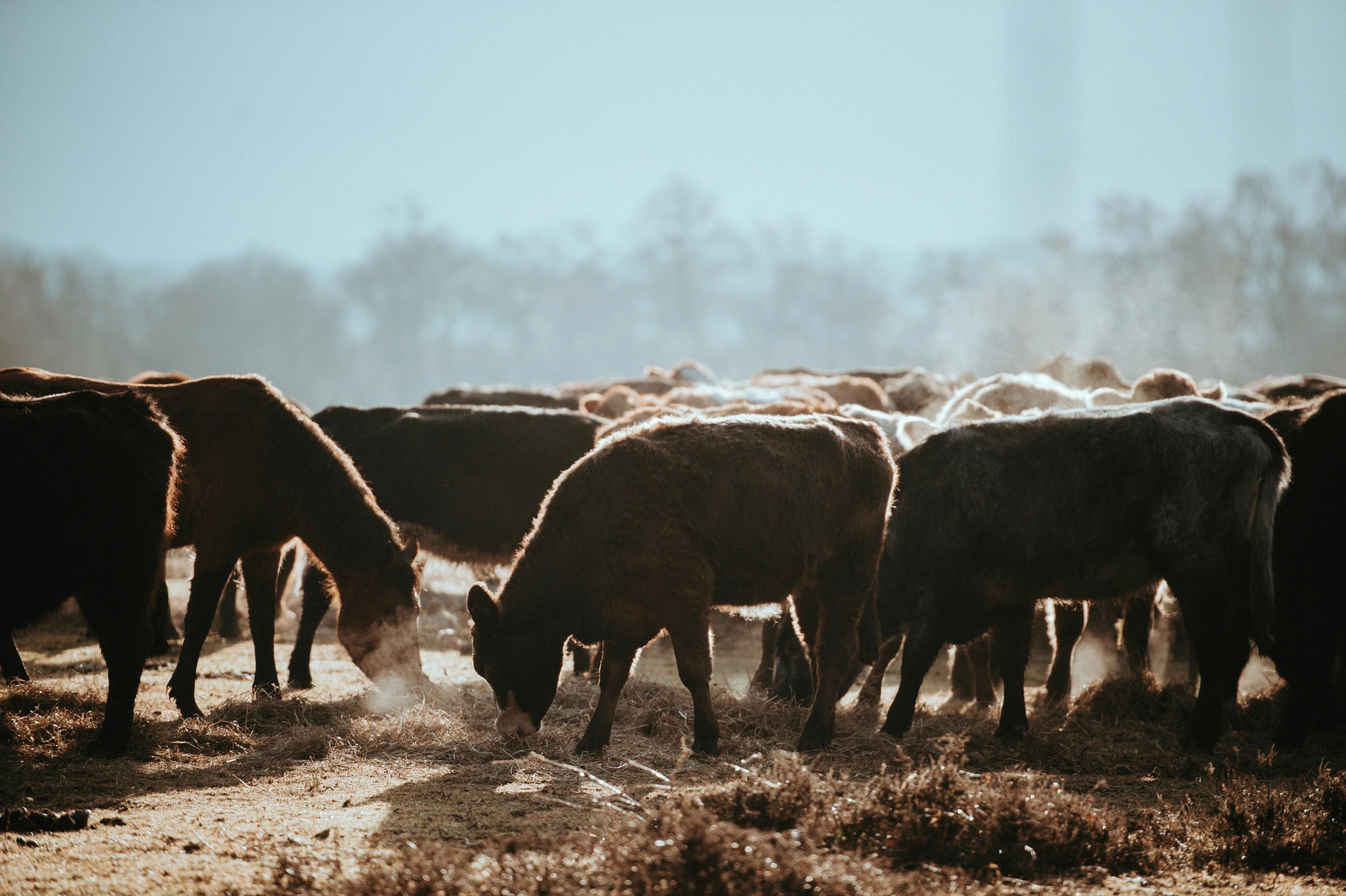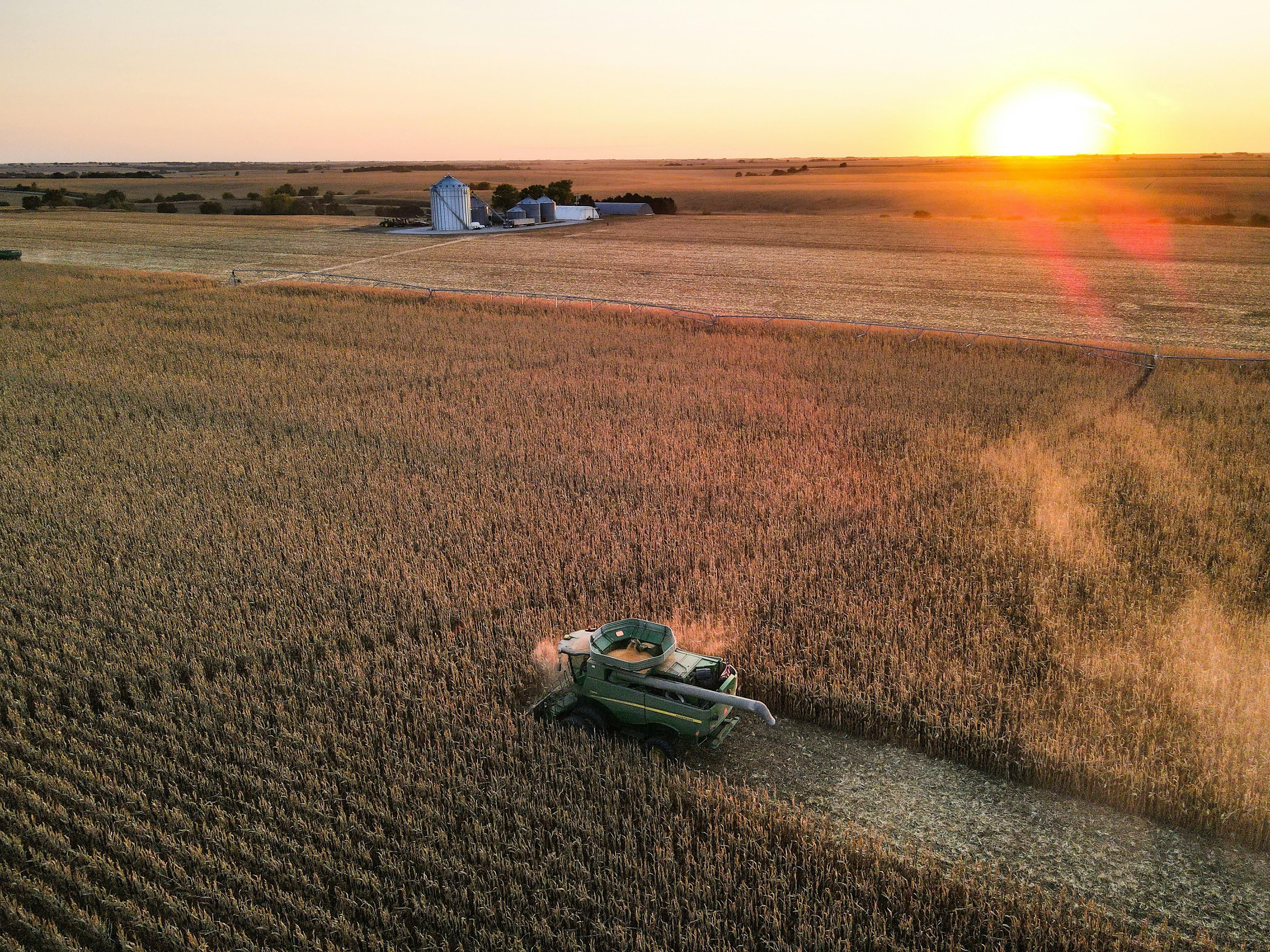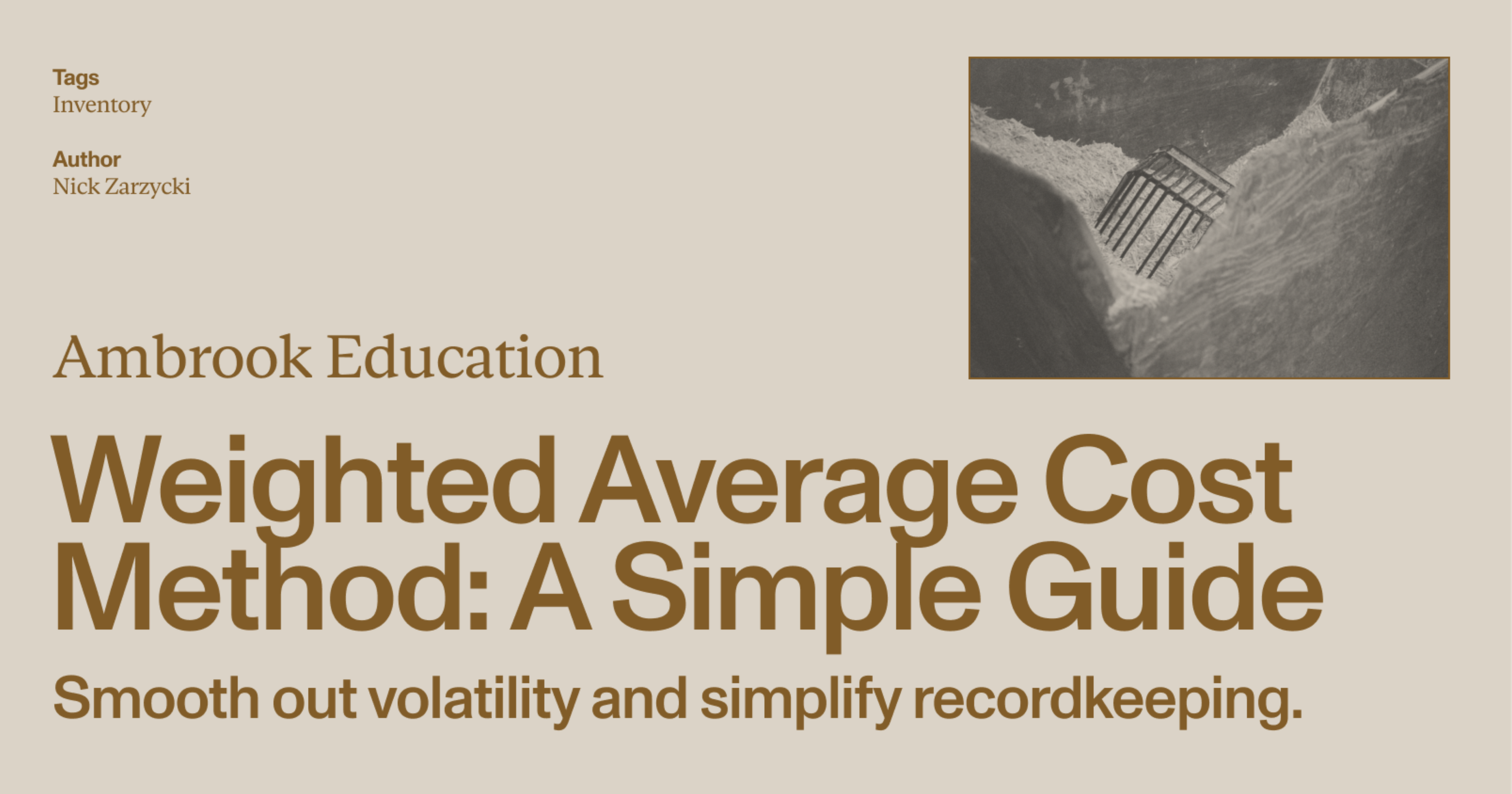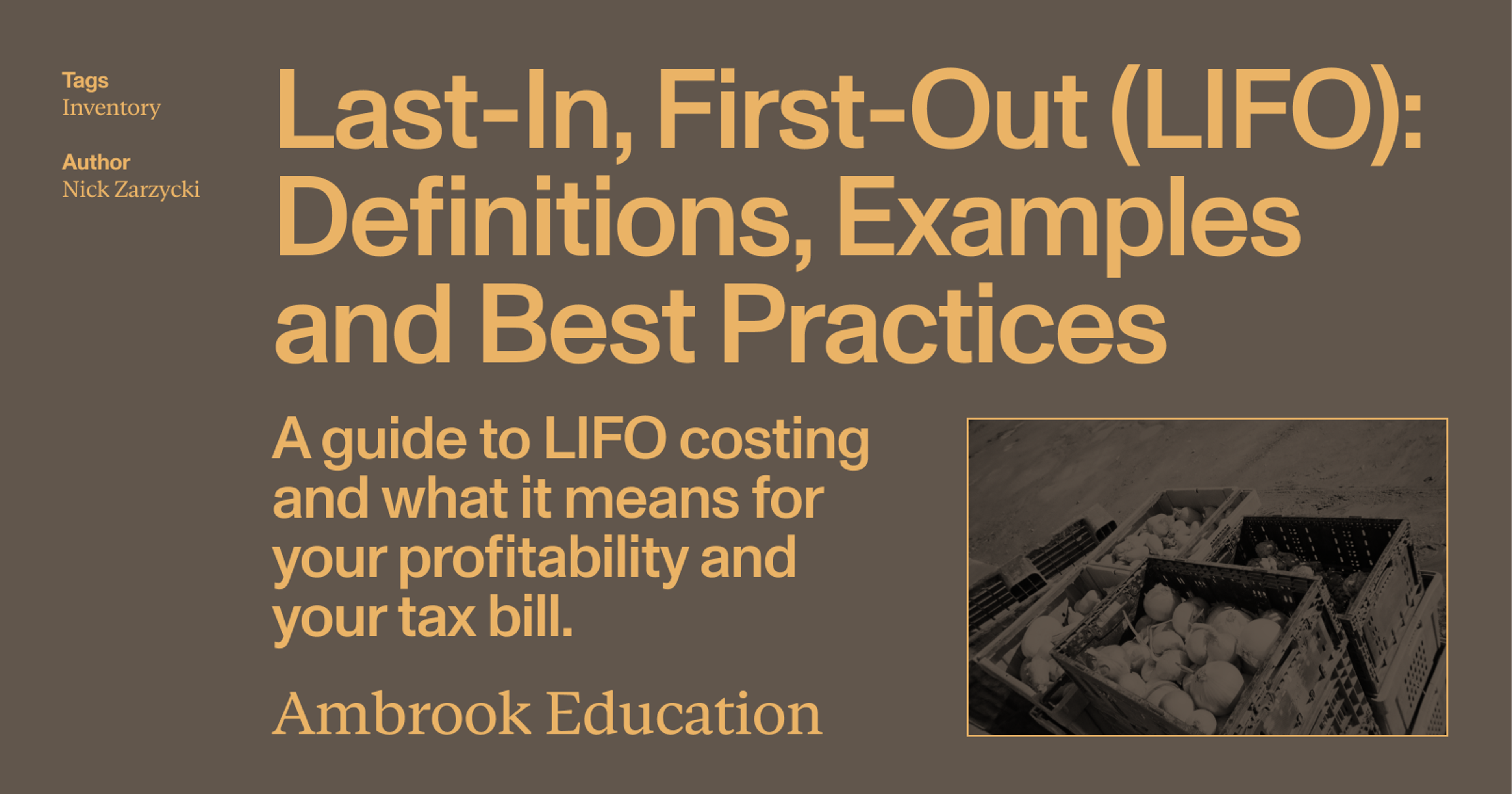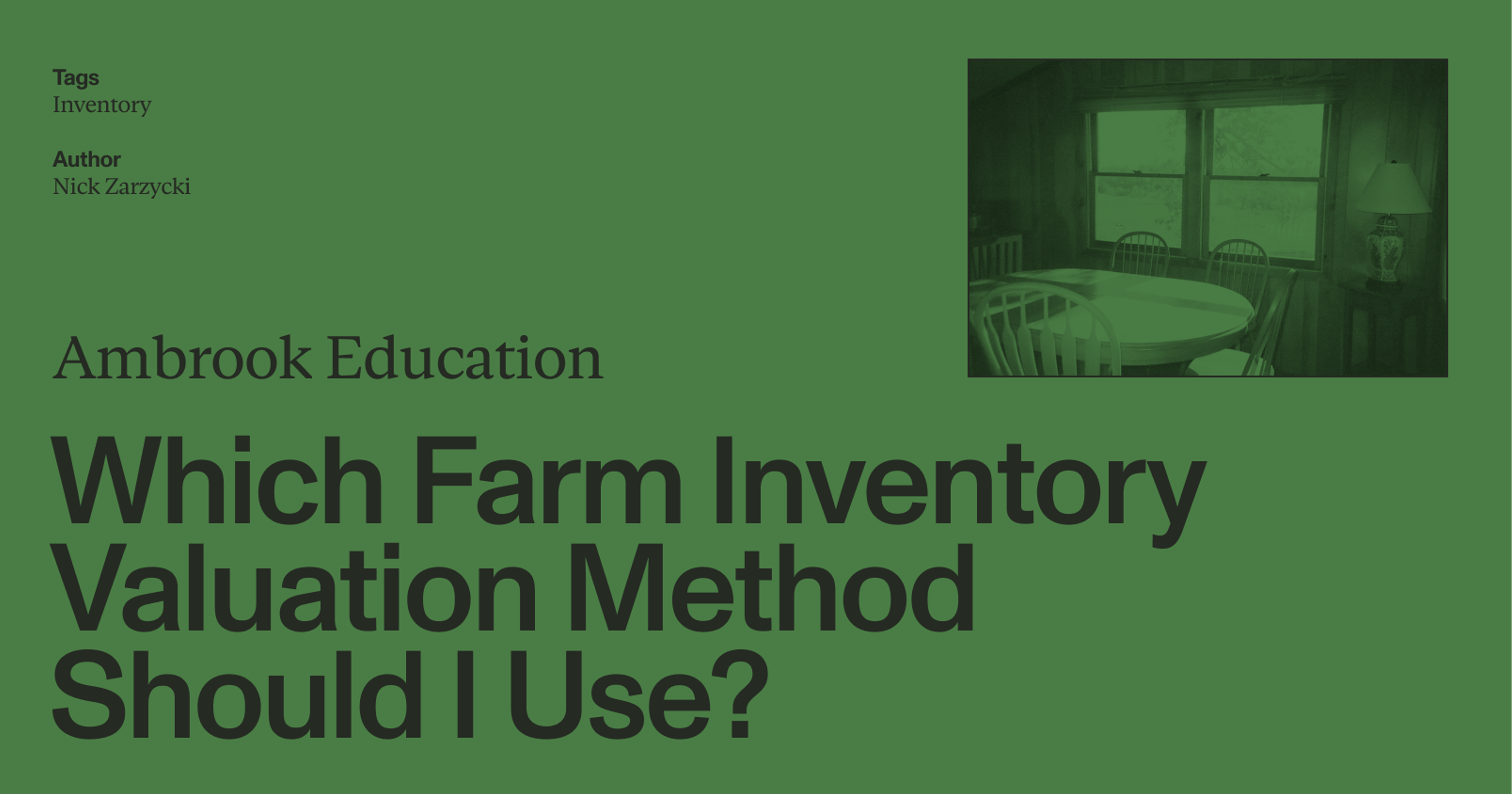Keeping accurate seed inventory records can help your operation save money, improve yields and meet organic recordkeeping requirements.
While seeds, seedlings and planting stocks typically comprise less than 10 percent of total production costs for most crops, they can also affect yield more than any other single factor.
Whether you’re still creating your planting schedule, sourcing seeds or preparing them for planting, keeping an accurate inventory and record of seed stocks and sources is crucial, helping you:
Determine saved seed from previous harvests and ensure you purchase only the seeds you actually need.
Avoid under-ordering and making last-minute purchases that cause you to miss your planting window.
Identify seed sources and make better production decisions.
Meet certain organic certification requirements, especially if suitable organic seed stocks can’t be sourced.
Here’s what you need to know about keeping accurate seed inventory records, and how they can help your operation save money, improve yields and meet organic recordkeeping requirements.
What is a seed inventory?
A seed inventory should tell you which seeds you have on hand, how much, where they came from and where they’re stored.
It can take the form of a physical journal, spreadsheet or software-based tool, and should contain a record of every individual seed purchase, including the price, weight, product code or SKU, varietal name, purchase date and any seed treatment, as well as the names and contact information of your seed suppliers.
A seed inventory might also contain other information that your supplier prints on the seed label to make it easier to trace batches back to their source, including the lot number, percentage by weight of pure seeds, weed seeds and inert matter, and the date of the germination test.
Your seed inventory should be updated before you start placing seed orders for the next planting season, since knowing how much farm-saved seed with good germination you have on hand can help you avoid over or under-ordering seed and better plan variety/rotation choices.
What should my seed inventory track?
When keeping records for farm-saved seed, newly purchased seed or certified organic seed, you’ll want to track the following information for each seed stock:
| Category | What to Record | Example Entry |
|---|---|---|
| Variety Name | Kind/variety, “VNS” if unknown, hybrids labeled | Wheat – ‘Hard Red Spring’ |
| Lot Number | Unique ID linking to test & storage | 2024-HRS-01 |
| Storage Location and Conditions | Specify where the seed is stored (bin, bag, etc.), temperature, humidity, and any conditioning details | Metal grain bin #3, ambient 45 °F, 12% relative humidity, cleaned and aerated in Dec 2024 |
| Quantity Purchased | Record weight, volume, or number of bags purchased | 200 bushels (approx. 12,000 lb) / 240 × 50 lb bags |
| Quantity Used | Record amount planted or otherwise used | 150 bushels used for 75 acres (approx. 9,000 lb) |
| Quantity Left | Remaining seed in storage after use | 50 bushels (approx. 3,000 lb) / 60 × 50 lb bags remaining in Bin #3 |
Some other variables your seed inventory might keep track of include:
| Category | What to Record | Example / Requirement |
|---|---|---|
| Origin | State or country of production | North Dakota, USA |
| Seed Treatment Status | Indicate whether treated or untreated; include product name and date if treated | Treated with Apron XL fungicide and Thiram (Feb 2025) |
| Pure Seed | % of desired crop seed | 98.5% |
| Other Crop Seed | % by weight | 0.3% |
| Inert Matter | % by weight | 1.0% |
| Weed Seed | % by weight, must exclude prohibited species | 0.2%, no prohibited weeds |
| Germination | % germ, % hard seed, test date | 93%, 2% hard, tested Feb 2025 |
| Vigor | Cold test %, field emergence | 85% vigor |
| Seed Size | Thousand-kernel weight or screen size | 38 g TKW |
| Vendor | Name and address | ABC Seed Co., Fargo, ND |
| Certification Class | Certified, registered, foundation, or other class | Certified – Vegetable Seed, Class A |
| Testing Laboratory | Name, date, and report reference for purity/germination test | Midwest Seed Testing Lab, tested Jan 2025, Report #CR2025-1187 |
Seed storage and retention
A well-kept inventory makes it easier to track the source, variety, lot number and quality characteristics of seed, plan timely quality checks during storage and take corrective actions.
For example, if a particular lot shows signs of insect or fungal damage, accurate records make it easy to isolate and remove the affected material before it spreads, helping to preserve the quality of the remaining seed stock.
Seed testing and conditioning
If a producer conducts regular tests for seed germination, an accurate and frequently updated seed inventory can make it easier to compare current seed performance with earlier benchmarks and decide whether the seed remains viable for planting or requires reconditioning.
Environmental data—such as storage temperature and humidity—can also be logged alongside seed test results to identify patterns that may affect longevity. This information lets producers adjust their storage practices, for instance by improving ventilation, lowering humidity or modifying packaging methods to maintain seed vigor.
After planting
Seed that remains unused after planting must be stored under the right conditions to retain its germination potential. Records showing the age, treatment history, and last germination test date of each lot help producers decide which seed is still suitable for use and which may need re-testing or replacement.
Seed recordkeeping for organic producers
Accurate and complete seed inventories can be especially important for organic producers, particularly when they can’t source suitable organic seed or planting stock and must use non-organic seed.
Under USDA guidance, the operation must maintain clear documentation justifying such use, including detailed records (e.g. phone logs, emails, letters) showing that at least three potential organic seed suppliers were contacted and that no equivalent organic variety was available. The USDA provides guidance and recordkeeping templates for properly documenting the use of nonorganic seeds and/or planting stock in such cases.
Know your numbers with Ambrook
Ambrook makes it easy to track what you produce, tie costs to your herds and fields and get the numbers you need to make better decisions. It doesn’t just help you do your accounting: it takes the guesswork out of running your business. Want to learn more? Schedule a demo today.
Want to learn more about Ambrook?
This resource is provided for general informational purposes only. It does not constitute professional tax, legal, or accounting advice. The information may not apply to your specific situation. Please consult with a qualified tax professional regarding your individual circumstances before making any tax-related decisions.

